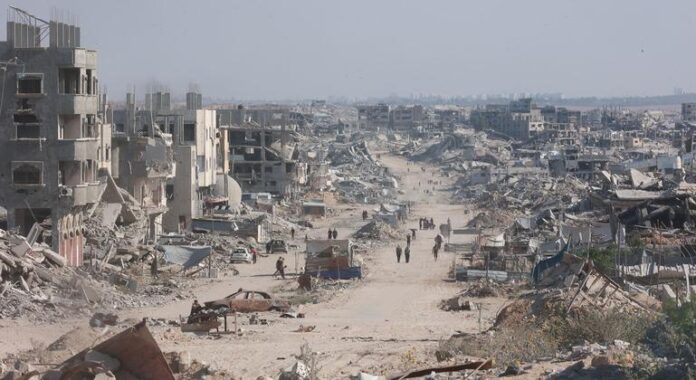Speaking to journalists at the United Nations Office at Geneva, Shoko Arakaki, director of humanitarian affairs at the United Nations reproductive health agency (UNFPA), said essential services have been severely disrupted, while incidents of conflict-related rape and sexual violence increased by a third compared to last year.
“Congolese women and girls endure enormous suffering, but never lose hope,” she said, adding that even before the latest escalation of conflict, three women were dying every hour from complications related to pregnancy and childbirth in the country.
During her visit to the capital Kinshasa and Goma, in the east of the country, Ms. Arakaki was able to see first-hand the harsh realities faced by women and girls. She met midwives who continue to give birth in extremely difficult conditions and listened to mothers who had lost everything.
Neglected humanitarian crises
“Women and girls are also raped, exploited and abused in camps, in transit and within their own communities,” she said.
Often described as one of the world’s most neglected humanitarian crises, the DRC continues to face alarming levels of gender-based violence. According to recent reports, incidents of sexual exploitation, abuse and coercion are widespread – particularly in crowded IDP camps where protection and security measures remain limited.
The crisis is further exacerbated by chronic hunger and lack of livelihoods for displaced and host communities.
Across the DRC, demand for emergency assistance is increasing sharply, with 27 million people expected to need humanitarian assistance in 2025. Without a solution to the ongoing conflict in the eastern provinces, the humanitarian and displacement situation is expected to further deteriorate.
Survivors of multiple rapes
Ms. Arakaki said she met a 14-year-old girl who had survived multiple rapes and was recovering from surgery at a UNFPA-supported hospital, while maintaining her dream of returning to school.
UNFPA currently provides essential health services to women and girls in the DRC, targeting 1.4 million people. The agency is urgently calling for increased funding to provide lifesaving reproductive care to those who need it most, including medical treatment and psychosocial support for survivors of gender-based violence.
The agency also urged all parties to the conflict to respect their legal obligations to protect civilians and civilian infrastructure – including health facilities – and to ensure the safe and unhindered delivery of humanitarian assistance to where it is needed.
Originally published at Almouwatin.com









